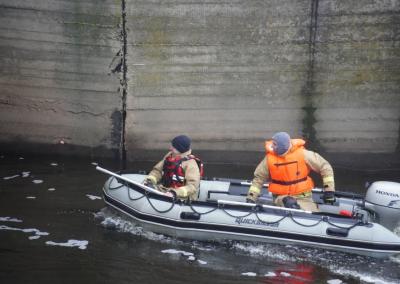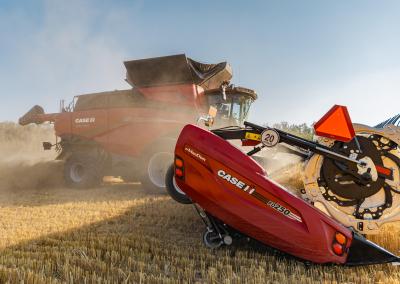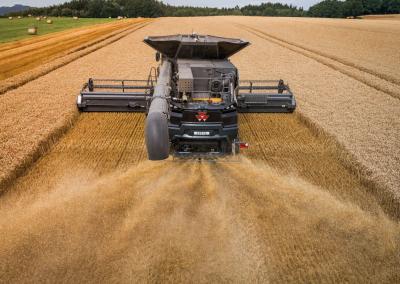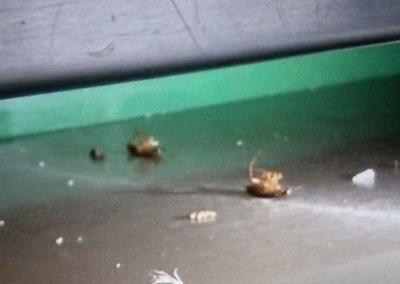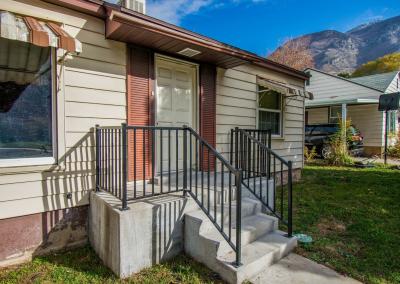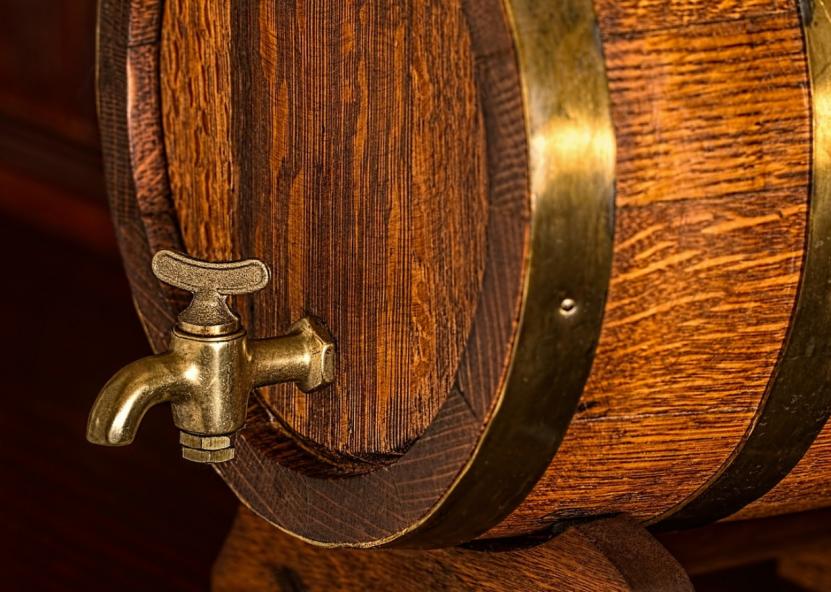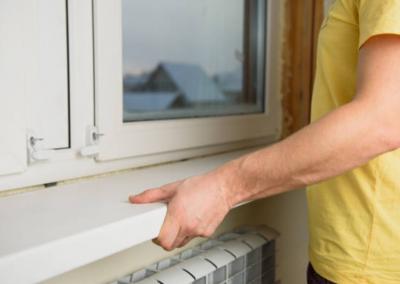How to set up a home brewery
Lithuanian law allows home brewing of beer up to 9.5% ABV, provided it is not for sale, but only for personal consumption at home.
A fully-fledged home brewery premises must have several areas – a brewing and fermentation area, a washing area, a milling and malt storage area, a technical storage area for the beer produced. Each of the zones must meet certain engineering criteria. And then there are the sewerage, ventilation and, of course, the brewing apparatus to take care of.
Home brew room
Some of the parameters for an ideal home brewery are: ground floor, as few thresholds as possible (to reduce the shaking of the beer when it is carried). Preferably a covered shelter - this allows for convenient malting, crushing, chopping and pressing of fruit, and allows the keg to be brought out into the light in winter.
The ceiling height of the brewery is not important, but the brewers are also involved in distillation. The largest dimension in distillation is the rectification column, a cylinder with internal baffles. If you are building a brasserie from scratch, a space with a ceiling height of 3–3,5 m (e.g. a mezzanine or staircase, or a loft under the ridge of a gable roof) is recommended. This must be provided with a power socket.
It is also important to consider the entrances and accesses to the bravo rooms. Entrances should be made in advance to accommodate wheelchairs and wheeled carts. Movement between areas should be easy and accessible.
What to decorate the bravor
The ideal wall and floor covering for a home brewery would be ceramic tiles. It is non-combustible, resistant to any aggressive media and, above all, easy to clean. If tiles are not suitable, it is recommended to choose a coating that is waterproof and has a very smooth surface. This will facilitate washing, cleaning and, if necessary, disinfection.
When installing a bravo floor, consider reinforced protection against moisture. Remember that brewing is brewing sweet wort and the best cleaning solution is a hose with water.
Drainage in the brewhouse
It is recommended to install drains in the floor of the brewhouse, which are fragile channels designed to carry liquids to the sewer system.
Floor drains in the brewing zone and fermentation zone for hosing down the floor save us a lot of time. However, the staircases in the floor require slopes, which will require adjustments to the feet of all brewing equipment.
Some home brewers settle for a compromise in this case – a smooth, damp-proof floor with built-in point stairways and a large mop to drive water into the stairways.
Water supply to the bravor
It would be very useful to install a pair of collectors in the wall of the boiling zone and in the wall of the fermentation zone.
Suppose a collector with 4 outlets for cold water connection and a collector with 2 outlets for hot water connection.
In this case, there is no need to remove the other hose in order to connect one hose, which is convenient, saves a lot of time and gives some space to spare for a possible extension of the equipment.
If the future plans include a home winery, it is advisable to add a pressure reducer to the cold water line.
Equipment for a home brewery
Large stainless steel or enamelled pot – for first times. In the future, with more experience, a tank for boiling wort.
A simple large pot will do for a start, but for better quality brewing you need a special boiler with thermometer and tap.
A pot is needed if you plan to brew beer from malt. A mill is not very expensive.
Fermenter or its simplified equivalent. This is a special container to support the fermentation process. A bucket with a tight-fitting lid that does not allow air to pass through can be used as a starting point.
Hydraulic valve. A device that releases air from the fermenter and prevents outside air from entering the container.
Thermometer. Necessary to control the temperature of the wort during fermentation.
Plastic or stainless steel paddle for stirring. A long handle is required for more comfortable handling.
You will also need glass containers. Special bottles with screw caps are best. But regular glass bottles with metal crown caps and budget plastic bottles can also be used. Glass bottles require a special capping tool - a stopper.
Elektra bravore
It is highly recommended to arrange 380 V in the home bravo room (faster heating and warming up). If the existing room already has a standard household 230 V installation, a minimum of two separate lines with 16 A breakers are required.
It is a good idea to have a second socket next to the planned brewery - a separate line with a separate machine. This will allow parallel heating of the water for pouring or the use of a low-temperature heater.
Where possible, provide another line for electric cookers with a dedicated socket (25A) and with a thicker cross-sectioned cable. For example, a variant in the cooking area: two lines for standard sockets (230 V, 16 A/3.5 kW), a separate line with a socket (380 V) for electric cookers (6 kW).
Gar and odour extraction
The cooker hood is needed for 2 applications: wort boiling and malt crushing.
If the crushing of the malt is carried out outside under a shelter, then a cooker hood can be dispensed with. For brewing beer, a simple extraction hose through a window is usually sufficient. However, for larger capacity home breweries, a separate hood is preferable - usually a standard axial fan.
Storage room for home-brew ingredients
Any fridge, however small, is suitable for storing yeast and hops. The kitchen furniture style laboratory will come in handy here. A separate fridge is usually not needed when installing refrigerated cabinets for beer carbonation or lager fermentation.
About malt storage. Malt – the favourite delicacy of mice. And there are two solutions: housing a cat indoors or storing malt in sealed plastic containers.
Another good option is to store malt in 220 litre plastic barrels with ventilation holes in the lid.
It is important to note that malt is quite sensitive to odours. Simply put, do not store malt in a garage, near petrol or other volatile liquids.




